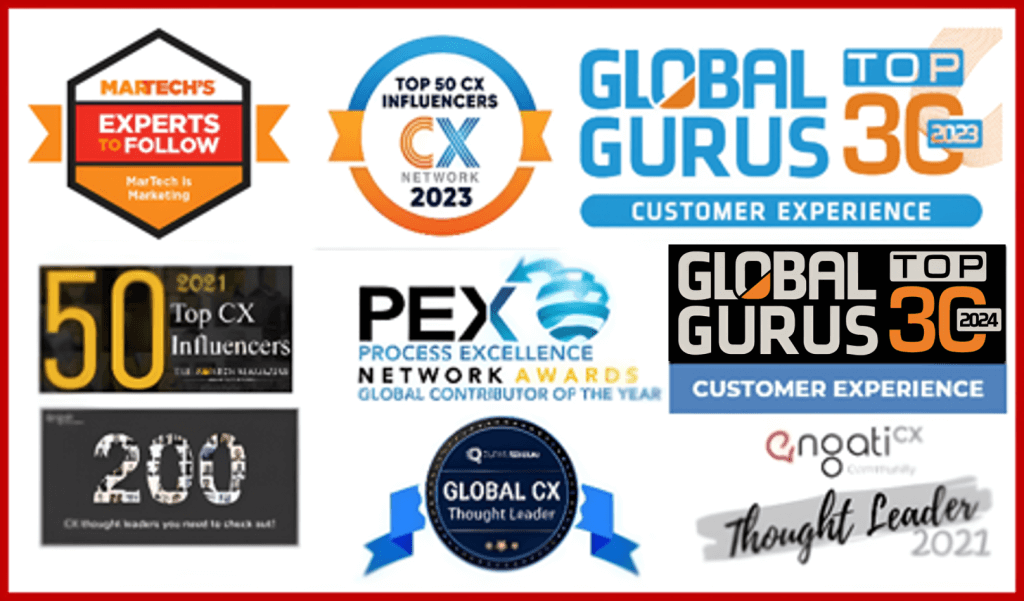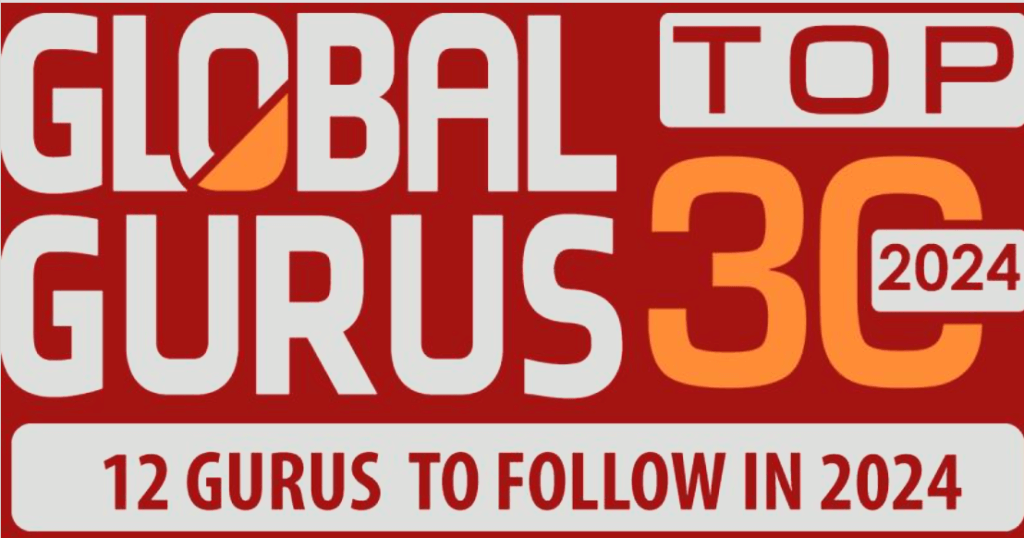Running customer experience (CX) workshops using Post-it notes and magic paper can offer several advantages over directly capturing information into CX and Process software.
Engagement and Collaboration:
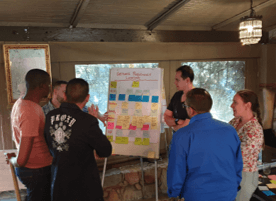
a. Post-it notes and wall displays encourage active participation. Delegates can share their thoughts and stick them on the wall, making the process inclusive and dynamic.
b. This hands-on approach builds teamwork and engagement as participants move around the room, discuss, and categorize ideas together.
Visualization and structure:
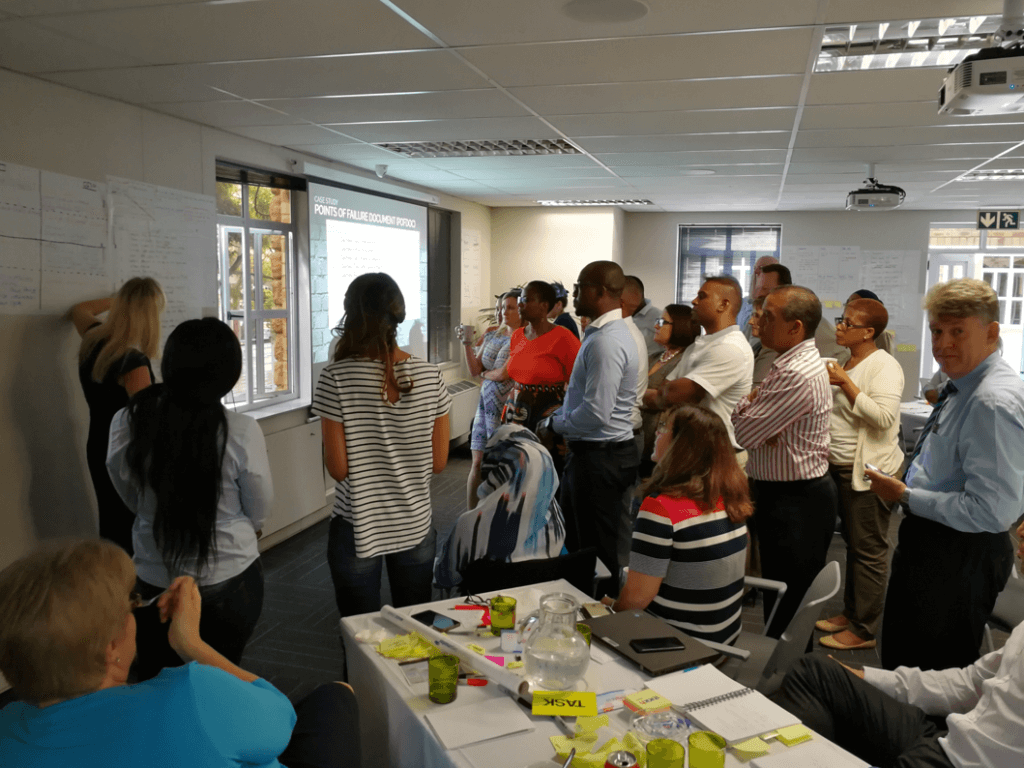
a. Ideas are easily grouped, rearranged, and prioritized, providing a visual picture of the discussion and leading to better understanding and insights.
b. Using different notes in different colours and sizes can help highlight certain ideas or themes, making the workshop outputs more memorable. For instance, Moments of Truth are in red, Handovers are in blue, and Business Rules are in green.
Summary
This isn’t one size fits all. Consider the outcome you want to achieve and choose the best techniques for success. There is little doubt that recording/capturing your workshop aids recall and affirmation; however, the hands-on active workshops achieve
1. Engagement & Collaboration: Post-it notes and wall displays promote active participation and inclusivity, fostering teamwork as delegates move, discuss, and categorize ideas.
2. Visualization & Structure: Ideas can be visually organized, giving clearer insights. Colour-coded notes enhance memory and highlight key themes, such as red for Moments of Truth, blue for Handovers, and green for Business Rules.
#cx #customerexperience #process #bpm #bpr #acxs #acxp #acxm #cxpa #ccxp #bpg
The Advanced CX program Frequently Asked Questions
1. What is the Accredited Customer Experience (ACX®) Program?
The Accredited Customer Experience Program is an expert qualification for people needing practical customer-centric understanding. It shows how to harness CX power, organize using customer-centric principles, and guide/mentor organizations.

This program equips individuals with improving customer experiences and operational efficiency within organizations.
The knowledge and skills are taught in a hands-on, pragmatic style.
2. What are the eligibility requirements for the ACX Program?
Anyone can take the ACX Program – there are no eligibility requirements. If you want to learn about customer-centricity, you can participate.
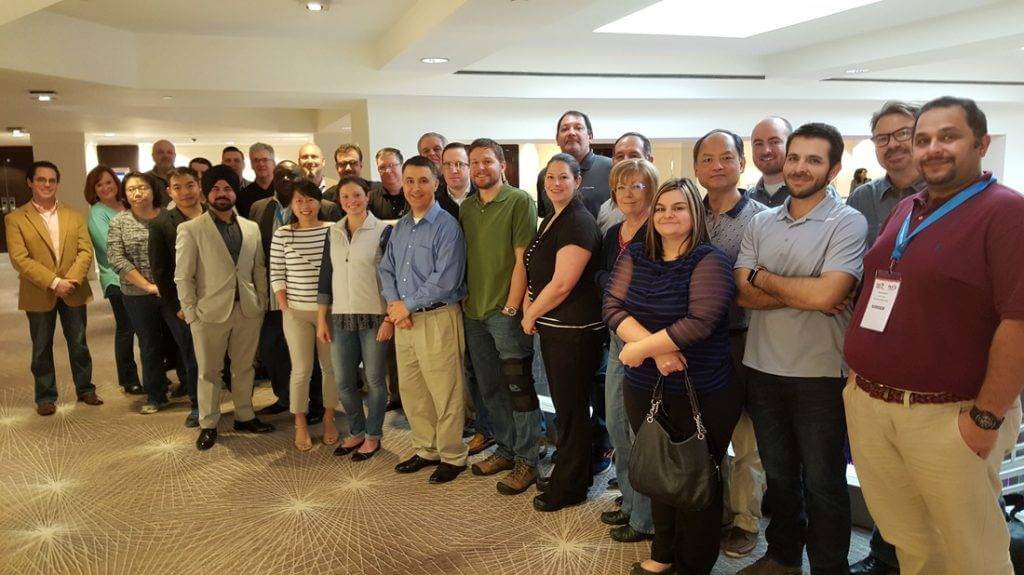
It’s a hands-on, workshop-based course. Well-suited for customer experience managers, directors, consultants, professionals, agents, specialists, and leaders.
3. What are the benefits of the ACX Program?
Participants understand customer centricity practically. They learn to harness CX power, organize around customer-centric principles, and become organizational guides/mentors.
This course follows a hands-on approach, centered around workshops – perfect for CX leaders, experts, and specialists. It helps build customer centricity skills practically.
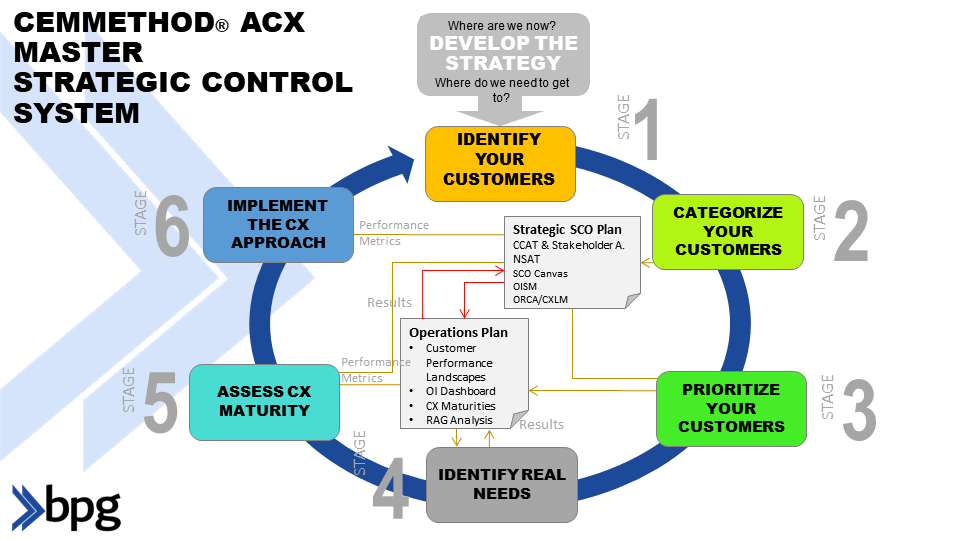
The ACX Program guides you through harnessing CX’s power and adopting customer-centric principles. You can mentor others too.
BPG and global partners deliver this program. Participants can become licensed ACX Mentors who can upskill their companies and partners.
4. How long does it take to complete the ACX Program?
The program is available as an open enrollment or in-house option. You can complete it flexibly, at your own pace. However, it typically takes 1 to 3 months to finish.
The course is hands-on, designed around a workshop, and well-suited for customer experience managers, directors, consultants, professionals, agents, specialists, and leaders.
Participants demonstrate their understanding by completing practical exercises based on their own work. It is a learning-by-doing process!
5. What is the CEMMethod®?
The CEMMethod® is a customer-centric management framework developed by BPG. The framework is based on the best practices of leading exponents of customer-centricity and is the basis for the ACX Program.

Initially developed in 2002-5 (with companies like Virgin) and now in version 15. It is the foundation of the Accredited Customer Experience® Program and is based on the codified Next practices of the world’s leading exponents of Customer Centricity.
6. What is the CX Transformation Ecosystem?
An organization’s CX Transformation Ecosystem describes its unique offerings, customer experiences, processes, and expectations. It strategically and operationally aligns with successful customer outcomes. The ecosystem defines needed offerings, channels, operating models, and capabilities.
Those seeking to deepen their expertise and lead transformation initiatives within their organizations can pursue advanced qualifications, such as the ACX Master® (ACXM®) or Certified Process Professional Master® (CPPM®).

Steve Towers, an expert in customer experience, enjoys spreading his enthusiasm for this field through coaching, keynote speeches, books, and social media content.
He helps companies win the triple crown – the simultaneous ability to increase revenues, decrease costs, and enhance service – through the CEMMethod® now in version 15.
With over three decades of experience working with large enterprises worldwide, Steve has distilled the successful strategies of top-performing organizations into a proprietary methodology that can be easily imparted to CX teams and executives.
His forte lies in envisioning the future of customer-centricity, customer experience, process management and realizing long-term benefits from business transformation.
Steve’s approach combines customer-focused thinking, cutting-edge technologies, and a human touch.
Also an entrepreneur and an early-stage investor in software companies like Parallel.
Steve Towers: https://www.linkedin.com/in/stevetowers/
